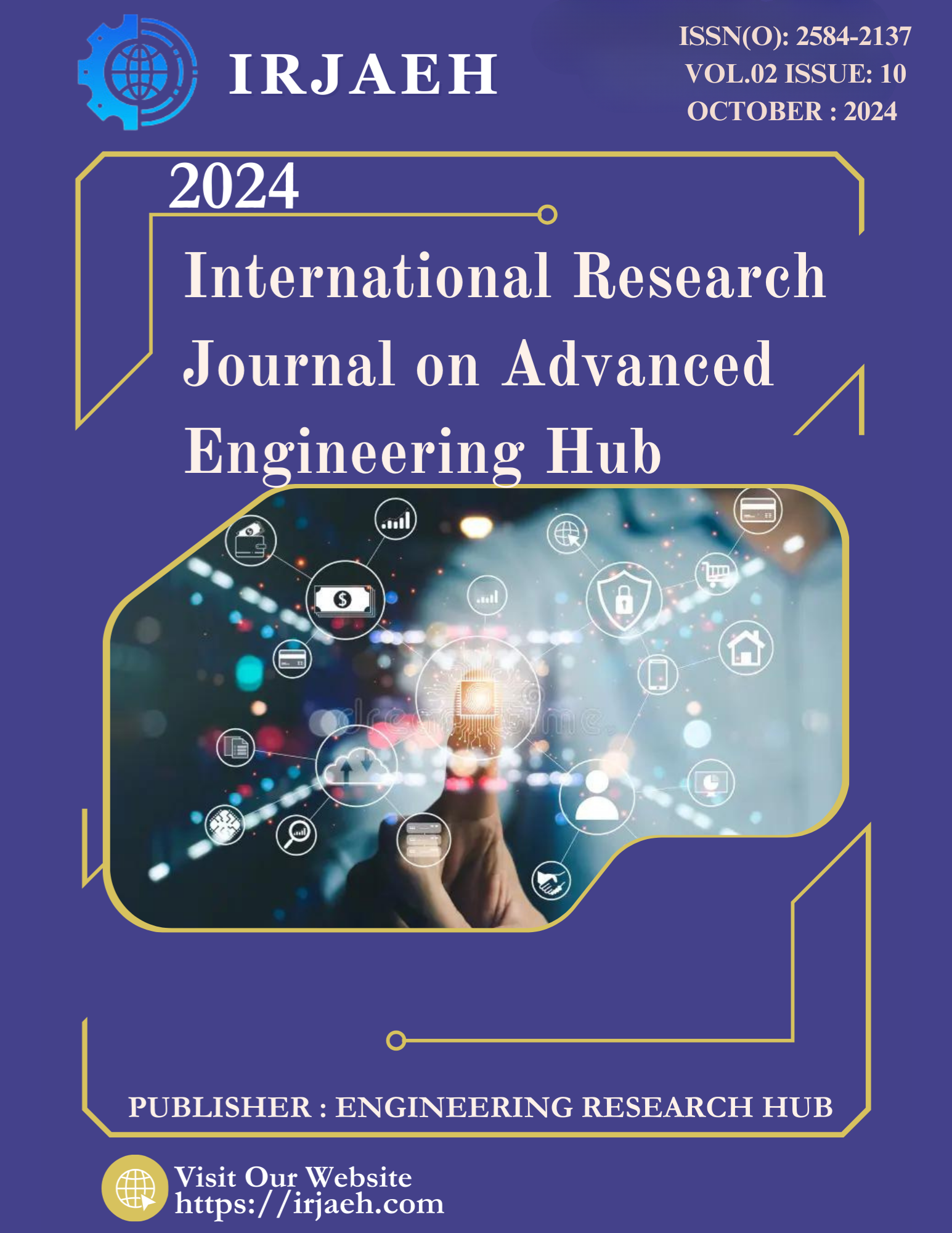Strength and Durability Studies on Concrete Utilizing Sewage Sludge Ash and Treated Sewage Water
DOI:
https://doi.org/10.47392/IRJAEH.2024.0335Keywords:
Temperature, Sewage Treated Water, Sewage Sludge Ash, Sewage SludgeAbstract
The effects of incorporating sewage sludge ash and treated sewage water on the strength and durability of concrete, with the goal of evaluating their viability as sustainable alternatives in construction materials. The sewage sludge ash was used as a replacement material to cement after burning of sewage sludge with high temperature of 800oC. So obtained sewage sludge ash was analysed for chemical, physical and morphological properties. Burning sewage sludge at high temperatures imparts pozzolanic properties to the resulting ash, which, when used as a cement replacement, improves concrete's compressive and tensile strengths. Various SSA replacement levels (5%, 10%, 15%, 20%, and 25%) were tested, with 15% SSA showing the highest strength gains. SSA affects setting time and workability, but treated sewage water does not significantly impact concrete properties. Concrete with SSA showed superior strength compared to conventional mixes with both fresh and treated water. Durability tests revealed that while SSA concrete experienced minor efflorescence in saltwater, it resisted acid attacks better than conventional concrete, indicating its good durability.
Downloads
Downloads
Published
Issue
Section
License
Copyright (c) 2024 International Research Journal on Advanced Engineering Hub (IRJAEH)

This work is licensed under a Creative Commons Attribution-NonCommercial 4.0 International License.

 .
. 